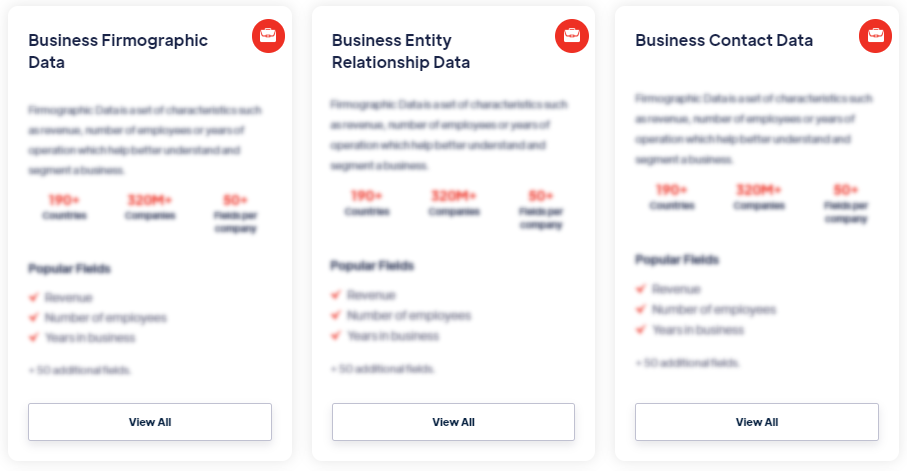Best
Political Risk Data
Products
Political Risk Data refers to information and indicators that assess the potential risks and uncertainties associated with political factors in a particular country or region. It includes data related to political stability, governance, regulatory environment, policy changes, geopolitical tensions, social unrest, and other factors that can impact the business and investment environment. Read more
Our Data Integrations


Request Data Sample for
Political Risk Data

Browse the Data Marketplace

Frequently Asked Questions
1. What is Political Risk Data?
Political
Risk Data refers to information and indicators that assess the
potential risks and uncertainties associated with political
factors in a particular country or region. It includes data
related to political stability, governance, regulatory
environment, policy changes, geopolitical tensions, social
unrest, and other factors that can impact the business and
investment environment.
2. How is Political Risk Data collected?
Political Risk Data is collected through a variety of sources,
including government reports, international organizations, think
tanks, academic research, news media, and expert assessments.
Data collection methods may involve qualitative analysis, expert
surveys, statistical modeling, and country-specific indicators.
3. What are the uses of Political Risk Data?
Political Risk Data is used by businesses, investors, and
organizations to assess and manage risks associated with
political factors in their operations or investment decisions.
It helps in evaluating the stability of a country's
political environment, understanding regulatory changes and
policy trends, assessing potential geopolitical risks, and
identifying social and political factors that can impact
business operations.
4. How is Political Risk Data beneficial for businesses and
investors?
Political Risk Data provides valuable insights for businesses
and investors to assess the potential risks and opportunities in
different countries or regions. It helps in making informed
decisions regarding market entry, expansion, and investment
strategies. By analyzing political risk factors, businesses can
evaluate the stability of the legal and regulatory environment,
understand potential policy changes that may impact their
industry, and assess the likelihood of social or political
unrest that could disrupt operations.
5. What are the challenges associated with Political Risk
Data?
Political Risk Data faces challenges related to data quality,
reliability, and subjectivity. Political dynamics and risks are
complex and can be influenced by multiple factors, making it
difficult to accurately quantify and predict. Political Risk
Data is also subject to biases and limitations in data
collection methods and expert assessments. Additionally,
geopolitical events and unforeseen political developments can
quickly change the risk landscape, requiring constant monitoring
and updates to the data.
6. How is Political Risk Data managed and analyzed?
Political Risk Data is managed by specialized firms, research
institutions, and consultancy agencies that gather and analyze
the data to provide risk assessments and reports. Data is
organized, verified, and cross-referenced with other sources to
ensure accuracy. Analytical models and frameworks are used to
assess risk levels, assign risk ratings, and provide insights on
specific political risk factors. Data visualization and
reporting tools are employed to communicate risk assessments
effectively.
7. How can Political Risk Data inform decision-making?
Political Risk Data helps decision-makers by providing a
comprehensive understanding of the political environment and
potential risks associated with a specific country or region. It
allows businesses and investors to make informed decisions about
market entry, risk mitigation strategies, diversification of
operations, and investment allocation. By considering political
risk factors alongside other economic and market indicators,
decision-makers can better navigate complex and dynamic
political landscapes and make sound business decisions.
â€
